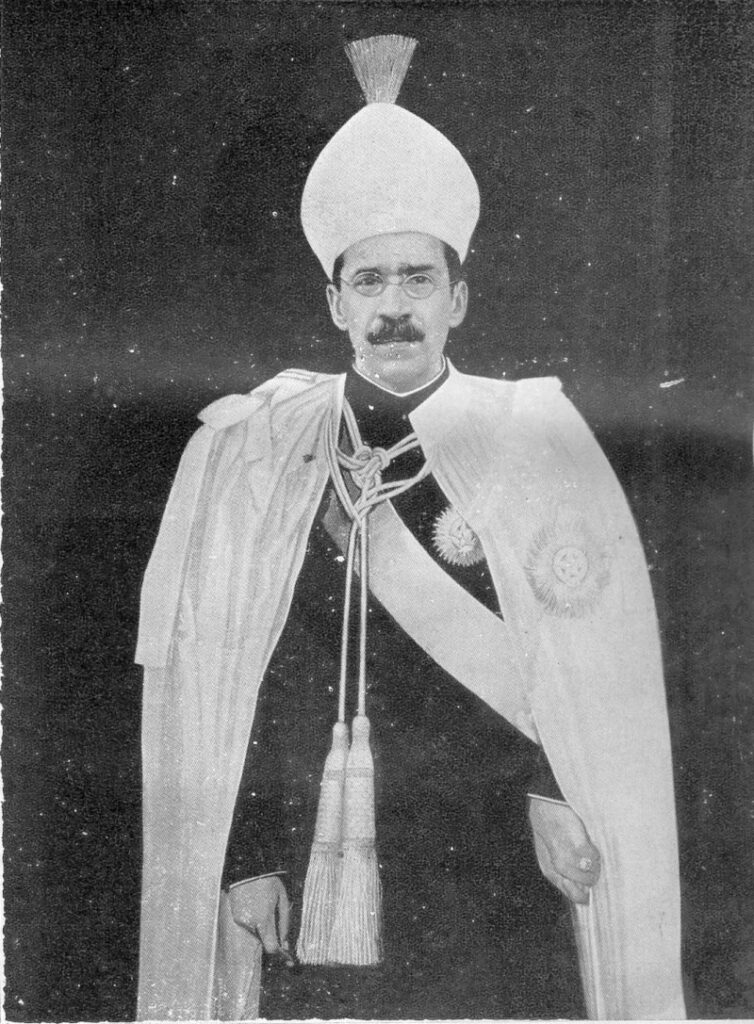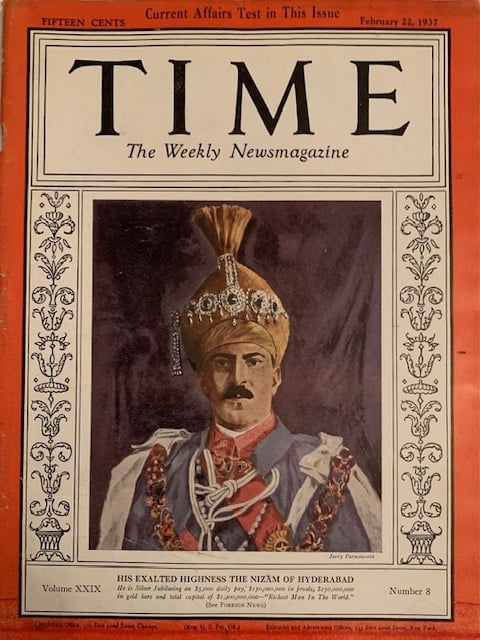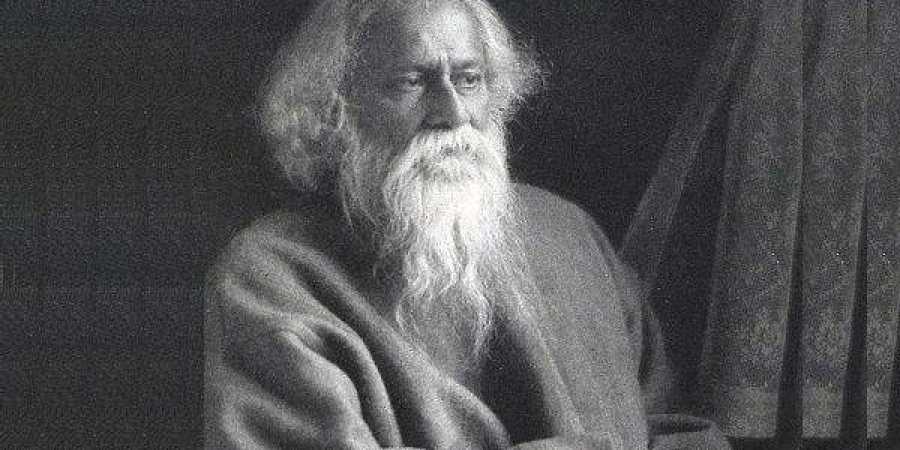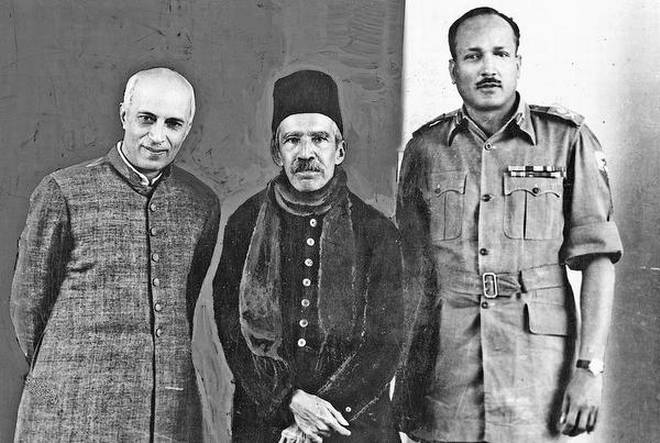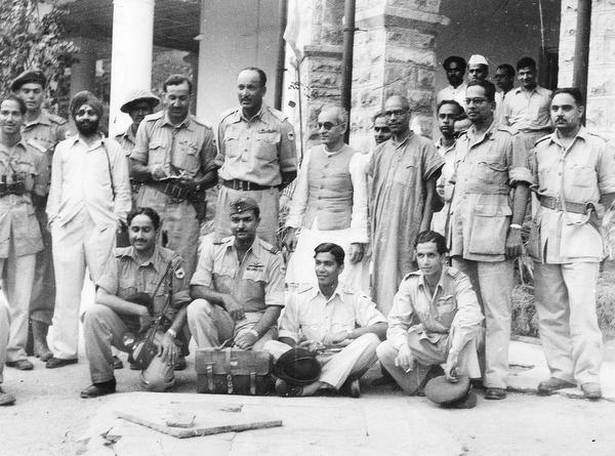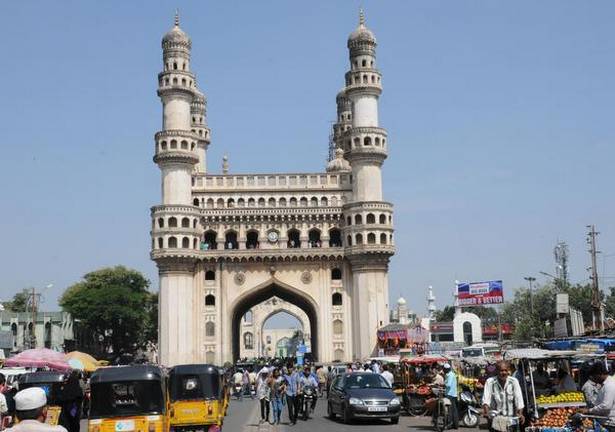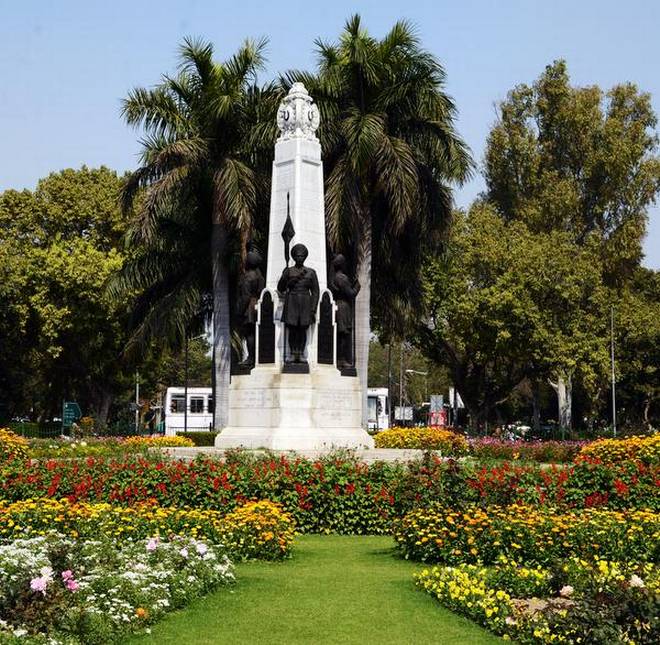Hyderabad, TELANGANA :
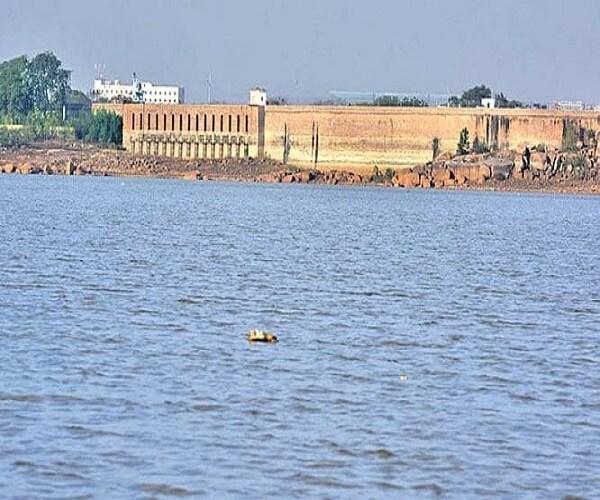
Osman sagar lake or Gandipet, commissioned by Mahbub Ali Khan after the 1908 flood and completed by Osman Ali Khan, has been serving the water needs of Hyderabad for over a century.
A true Hyderabadi is one who has tasted the water of Gandipet. And once that happens, even heaven cannot entice one to leave Hyderabad. Such is the magic of Gandipet, a crucial lifeline of the city that is turning 100 this year. The city of Hyderabad got Gandipet in 1920, the reservoir then being constructed with the dual purpose of controlling floods and supplying drinking water to the citizens.
The idea of the Gandipet, it is said, stemmed after the havoc caused by the 1908 flood in Hyderabad. The aftermath of the flood forced Mahbub Ali Khan, the sixth Nizam, to think about the possibility of a repeat of such a grisly situation. Around 12 floods had already hit the city before the 1908 floods, each leaving behind its own trail of death and destruction. The 1908 floods alone claimed around 15,000 lives apart from rendering over one lakh people homeless.
Moved by the destruction, Mahbub Ali Khan pondered on finding a permanent solution to the problem. Historian Sajjad Shahid says Mahbub Ali Khan wanted a long-term and effective solution to prevent the flooding of Musi River. He was determined to find a permanent end to the problem and started a process to find an expert familiar with the local irrigation systems to devise a plan to prevent reoccurrence of floods.
The first to come to the rescue of the Nizam were the British who offered services of their experts. “However, the Nizam refused to consider the recommendations of the British who offered the service of Sir Michel Esthesol, the then Director General of Irrigation, Government of India. He also did not consider another British engineer, TD Mackenzie, who was chief engineer of the Nizam State,” said Sajjad Shahid.
And that is when the name of M Visvesvaraya came up. Mokshagundam Visvesvaraya was born in Karnataka in 1861. He worked with the Bombay Public Works Department for 25 years after joining in 1883. He resigned in 1908 and later went around the western countries to study different irrigation systems and designs. To his credit, Visvesvaraya had constructed several irrigation projects and other structures in Mysore and other places then.
After touring western countries, he returned to India in 1909 when he was approached by the Nizam to help in improving the Hyderabad irrigation system and to prevent flooding of the city. “The Nizam wanted a local expert to find a solution to the problem. He had heard about Visvesvaraya and was keen on taking his services,” said historian Mohammed Safiullah.
After accepting the task, Visvesvaraya conducted a detailed survey of Hyderabad’s network of rivers and reservoirs. He also studied the rainfall pattern in other places in India before devoting time towards understanding the engineering aspects of the problem.
After a detailed study, Visvesvaraya proposed to create storage reservoirs above the city to control floods. He submitted the report on October 1, 1909, and the suggestion was accepted by the Nizam. Soon, work began on the construction of two reservoirs – Osman Sagar across the Musi River and the other, Himayat Sagar, constructed across Esi – the tributary of Musi River.
While Osman Sagar was completed in 1920, Himayat Sagar was finished in 1927. It cost Rs 56 lakh for Osman Sagar while Rs 46 lakh was spent for construction of the Himayat Sagar, it is said.
The work started by sixth Nizam Mahbub Ali Khan was completed under the supervision of the seventh Nizam Osman Ali Khan. “The reservoirs are based on the Kakatiya model and are 100 feet above the level of the city. The flow of water was based on the reverse gravity principal,” said Saifullah.
Water was supplied to the city through dedicated water channels laid during the Nizam era. “The Nizam had promised free food to every household. He ensured that at least water was supplied free of cost to the household and he lived up to it. At no point of time, the administration collected any tax or money for water from the common man,” said Captain Pandu Ranga Rao, a historian.
Hundreds years have passed and still water from Gandipet is supplied to a few colonies in the city. “It is cost effective as the cost of supplying the water from Osman Sagar is bit cheaper compared to drawing water from far of places and supplying it to the city,” points out Captain Ranga Rao.
‘Never in his dream might the Nizam have thought that Gandipet, the popular moniker for Osman Sagar, would become a part of the local Hyderabadi lingo.
Hyderabadi standup comedian Khairuddin Baig alias Jani says Hyderabadi lingo has plenty of one-liners or idioms with reference to Gandipet. “See, it depends on the context and situation where the term is used. For example, if a person is a foodie, people generally say ‘tera pet hain ya Gandipet’,” he says and also recalls the popular idiom, ‘Jo bhi Gandipet ka pani piya woh Hyderabadi hua’.
Several local poets and standup comedians have highlighted Gandipet, a popular picnic spot for Hyderabadis for decades, in their narrations. “The sher-o-shayari describes the mood of young boys and girls meeting at the place or a newly-married couple visiting the place. Similarly, comedians refer to the family gatherings there with baskets full of meals and tiffin boxes or men spending time trying to catch a fish from the fresh waters,” he said.
Constructed during the Nizam era, the striking aspect about these twin waterbodies of Osman Sagar and Himayath Sagar is that they are operated manually unlike most other reservoirs, which have hydraulic gates.
Gandipet, popularly known Osman Sagar, along with its twin reservoir Himayath Sagar, has been quenching Hyderabad’s thirst for the last 100 years and continues to do so without any major operational costs.
Such is the significance of Gandipet that, apart from quenching thirst, the common belief for decades among denizens has been that the water reservoir bestows health and vitality.
Constructed during the Nizam era, the striking aspect about these twin waterbodies of Osman Sagar and Himayath Sagar is that they are operated manually unlike most other reservoirs, which have hydraulic gates. All the components like gear boxes, sluice gates, bushes, and ropes have to be maintained well to avoid any glitches during operations.
All the components used at the twin reservoirs belong to the Nizam era and have been functioning without any snags all these years. It is 100 years and not a single component has been changed and they are working perfectly without any signs of wearing out or damages, says a senior official from Hyderabad Metropolitan Water Supply and Sewerage Board (HMWSSB).
Gandipet was constructed in the year 1920 followed by Himayath Sagar in 1928.
HMWSSB conducts overhauling of all components at the twin reservoirs before the onset of monsoon to avoid any glitches. Together, they have the capacity of supplying 40 million gallons per day (MGD) to the city without any cost as the water flows by gravity unlike Krishna and Godavari drinking water schemes.
But with growing population and the city expanding geographically in all areas, supply from Gandipet over the years has been depleting. Presently, only 5 MGD is being drawn from the reservoir and that too through emergency pumping from dead storage level and supplied to different areas in Mehdipatnam, Old Mallepally, Asif Nagar, Humayunnagar, Chintal Basthi and other areas.
Did you know?
- Osman Sagar was named after Mir Osman Ali Khan Nizam VII
- Dam was built in 1920 by Nizam VII
- Built to protect city from flooding after Musi Floods of 1908
- Lake is around 46 square km
- Reservoir is around 29 square km
- Total water level 1,790 feet
- Has capacity of 3.9 tmc
- Inflow and outflow from River Musi #KhabarLive
source: http://www.hydnews.net / Hyderabad News / Home / by Ahssanuddin Haseeb / March 08th, 2020
